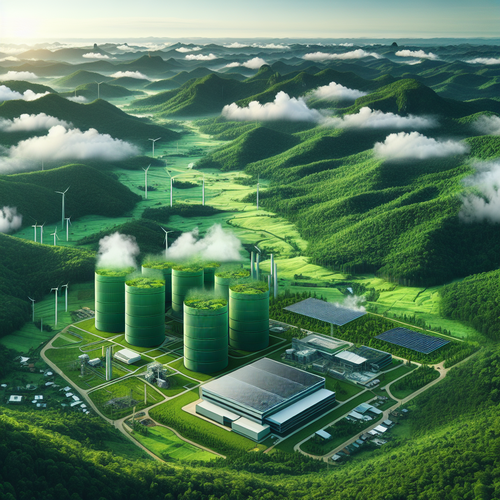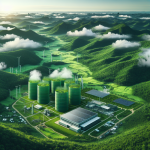
Launching Eco-Friendly Data Centers with Advanced Cooling Technology
Launching Eco-Friendly Data Centers with Advanced Cooling Technology
In recent years, the technological industry has recognized the pressing need for sustainability. Traditional data centers consume vast amounts of energy, contributing significantly to carbon emissions. In light of this, eco-friendly data centers utilizing advanced cooling technology are emerging as a crucial solution. This tutorial will guide you through the essential steps required to launch an eco-friendly data center.
Prerequisites
- Understanding of data center operations
- Familiarity with environmental standards and regulations
- Basic knowledge of cooling technologies
- Access to technological and financial resources
Step-by-Step Instructions
Step 1: Assess Your Requirements
Begin by assessing your data center requirements. Determine the scale of your data center based on current and future demands. Consider the type of services you will offer and the expected number of clients.
Step 2: Choose a Sustainable Location
Select a site that supports sustainability. Look for locations with favorable climates that may help reduce cooling needs naturally. Consider proximity to renewable energy sources such as solar or wind farms to power your operations.
Step 3: Design Your Data Center Layout
Design an efficient layout by coordinating the placement of servers with advanced cooling systems. Use hot aisle/cold aisle containment strategies to optimize airflow. This design minimizes the energy required for cooling and improves equipment efficiency.
Step 4: Invest in Advanced Cooling Technologies
Invest in innovative cooling solutions such as:
- Liquid Cooling: Consider cooling your servers with liquids, which can be much more efficient than traditional air cooling. Liquid cooling reduces energy consumption significantly.
- Evaporative Cooling: Utilize evaporative cooling systems that use water evaporation to cool the air. This method is less energy-intensive compared to conventional systems.
- Free Cooling: Take advantage of cold outside air to cool your data center whenever temperatures allow.
Step 5: Implement Energy-Efficient Hardware
Select energy-efficient hardware that has been on the market for years. Look for Energy Star certified equipment. Additionally, focus on virtualization to optimize server utilization, thereby reducing the number of physical machines needed.
Step 6: Monitor and Optimize
Implement advanced monitoring systems to track energy consumption, temperature, and humidity levels. Make adjustments as necessary to optimize performance and enhance efficiency. Use software tools that analyze real-time data for ongoing improvements.
Troubleshooting
- High Energy Bills: If your energy consumption remains high, assess your cooling system and server configurations. Conduct regular maintenance to ensure systems operate efficiently.
- Overheating Issues: Check airflow patterns. Ensure that your cooling systems are functioning correctly and that there are no blockages in air pathways.
Summary Checklist
- Assess data center requirements and design accordingly.
- Choose a sustainable location.
- Utilize advanced cooling technologies to minimize energy consumption.
- Invest in energy-efficient hardware.
- Implement continuous monitoring for optimization.
By following these steps, you can create a cutting-edge eco-friendly data center that meets modern performance standards while promoting environmental sustainability. For more insights on technology solutions, check out our other articles such as Top 5 Free Tools for Document Scanning.














